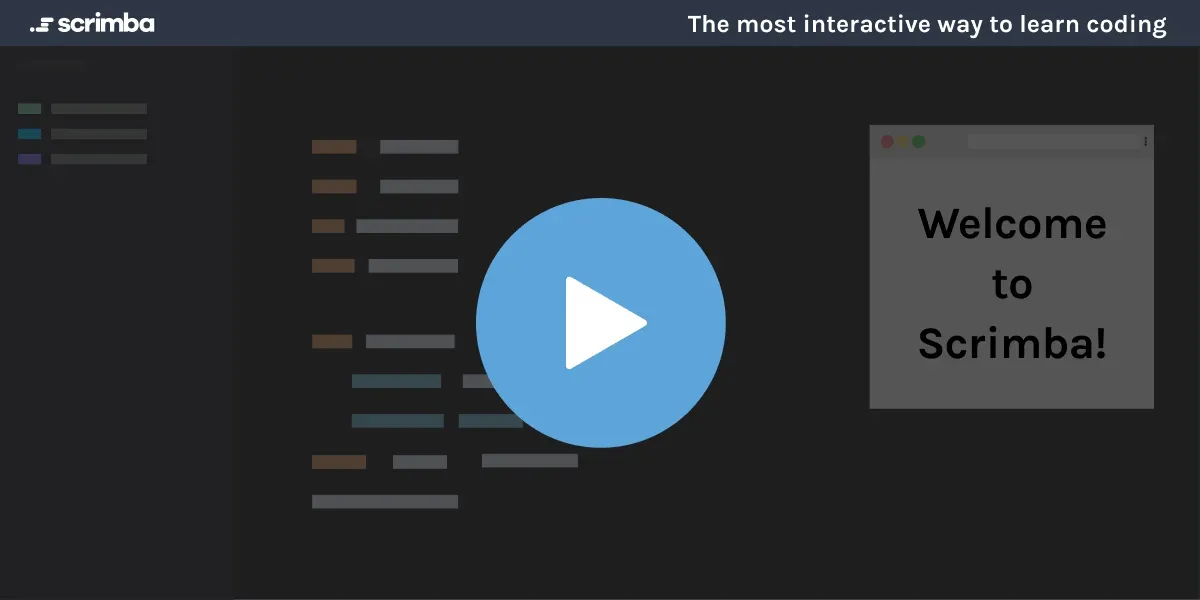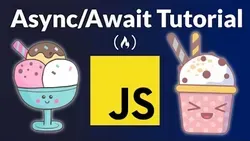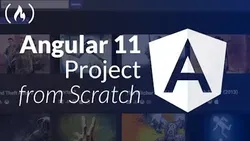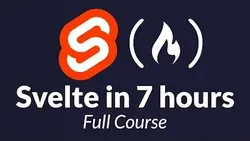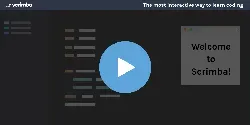
Front End Frameworks

Learn to create dynamic, interactive web applications with popular front-end frameworks. Gain the skills to build single-page applications with JavaScript and explore the features of popular frameworks.▼
Course Feature
![]() Cost:
Cost:
Free
![]() Provider:
Provider:
Udacity
![]() Certificate:
Certificate:
No Information
![]() Language:
Language:
English
![]() Start Date:
Start Date:
Self Paced
Course Overview
❗The content presented here is sourced directly from Udacity platform. For comprehensive course details, including enrollment information, simply click on the 'Go to class' link on our website.
Updated in [March 06th, 2023]
This course provides an overview of Front End Frameworks and how to build Single Page Applications in various Front End Frameworks. Participants will learn how to create both an Angular application and an Ember app from scratch, as well as key architectural design techniques that make frameworks incredibly powerful. By the end of the course, participants will have a better understanding of the fundamentals of Front End Frameworks and how to use them to create powerful applications.
[Applications]
After this course, students will be able to apply their knowledge of Front End Frameworks to create Single Page Applications. They will be able to use the skills they have learned to create both an Angular application and an Ember app from scratch. Additionally, they will be able to apply the key architectural design techniques that make frameworks incredibly powerful.
[Career Paths]
1. Front End Developer: Front End Developers are responsible for developing the user interface of websites and applications. They use HTML, CSS, and JavaScript to create the look and feel of a website or application. With the increasing popularity of Front End Frameworks, Front End Developers are now expected to have a strong understanding of these frameworks and be able to create Single Page Applications.
2. UI/UX Designer: UI/UX Designers are responsible for creating the user experience of a website or application. They use a combination of design principles, user research, and prototyping to create a product that is both visually appealing and easy to use. With the increasing popularity of Front End Frameworks, UI/UX Designers are now expected to have a strong understanding of these frameworks and be able to create Single Page Applications that are both visually appealing and user friendly.
3. Full Stack Developer: Full Stack Developers are responsible for developing both the front end and back end of a website or application. They use a combination of HTML, CSS, JavaScript, and server-side languages to create a complete product. With the increasing popularity of Front End Frameworks, Full Stack Developers are now expected to have a strong understanding of these frameworks and be able to create Single Page Applications that are both visually appealing and user friendly.
4. Web Developer: Web Developers are responsible for developing websites and applications. They use a combination of HTML, CSS, JavaScript, and server-side languages to create a complete product. With the increasing popularity of Front End Frameworks, Web Developers are now expected to have a strong understanding of these frameworks and be able to create Single Page Applications that are both visually appealing and user friendly.
[Education Paths]
1. Bachelor of Science in Computer Science: This degree path provides students with a comprehensive understanding of computer science fundamentals, including programming, software engineering, and computer architecture. Additionally, students will learn about the development of web applications and front-end frameworks. As technology continues to evolve, this degree path will become increasingly important for those looking to stay ahead of the curve.
2. Bachelor of Science in Web Development: This degree path focuses on the development of web applications and websites. Students will learn about the fundamentals of web development, including HTML, CSS, JavaScript, and other front-end frameworks. Additionally, students will gain an understanding of the development process, from design to deployment. As web development continues to become more complex, this degree path will become increasingly important for those looking to stay ahead of the curve.
3. Master of Science in Software Engineering: This degree path provides students with a comprehensive understanding of software engineering principles and practices. Students will learn about the development of software applications, including front-end frameworks. Additionally, students will gain an understanding of the development process, from design to deployment. As software engineering continues to evolve, this degree path will become increasingly important for those looking to stay ahead of the curve.
4. Master of Science in Computer Science: This degree path provides students with a comprehensive understanding of computer science fundamentals, including programming, software engineering, and computer architecture. Additionally, students will learn about the development of web applications and front-end frameworks. As technology continues to evolve, this degree path will become increasingly important for those looking to stay ahead of the curve.
Course Provider

